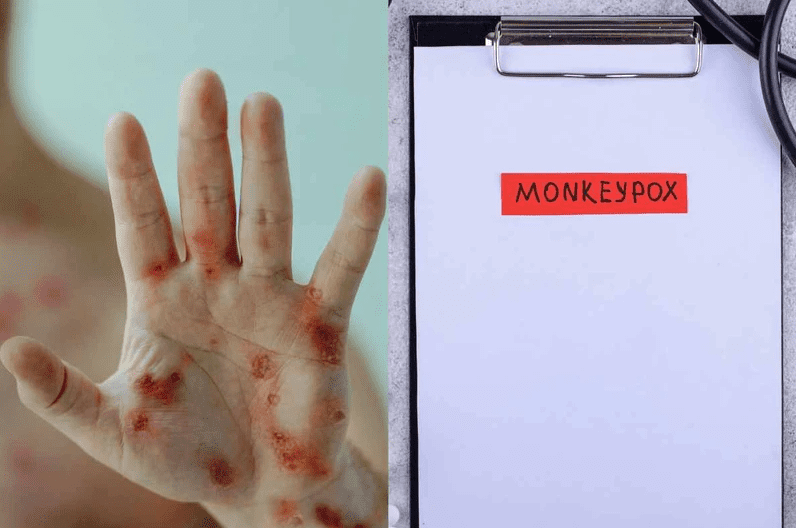
Monkeypox: The symptoms you should look out for
A confirmed case of Monkeypox, also known as Mpox, has been reported in Gauteng. Here are the symptoms and everything you should know.

The Minister of Health, Joe Phaahla, said a case of Monkeypox, also known as Mpox, has been confirmed in Gauteng.
A 35-YEAR-OLD MAN TESTED POSTIVE LAST WEEK
According to Phaala, the case involves a 35-year-old male who resides in Gauteng and tested positive on 9 May 2024.
“The case was first tested by Lancet Laboratory, which was later confirmed by the National Institute for Communicable Diseases (NICD) and immediately notified the department.” says Phaala.
He urged the public to be vigilant.
Phaala added that Mpox is a rare viral infectious disease in humans caused by the monkeypox virus (MPXV).
THE MINISTER OF HEALTH URGED THE PUBLIC TO BE VIGILANT
He said that although the virus is not highly transmissible from person to person, it has increased in global public health significance and can cause a painful rash, enlarged lymph nodes, and fever.
The department said most people fully recover, but some get very sick.
The preliminary investigation and case findings report show that the patient has no recent travel history to countries experiencing an outbreak of the disease.
HOW IS MPOX SPREAD?
The World Health Organisation (WHO) said anyone can get mpox. It spreads from contact with infected:
- persons, through touch, kissing, or sex
- animals, when hunting, skinning, or cooking them
- materials, such as contaminated sheets, clothes or needles
- pregnant persons, who may pass the virus on to their unborn baby.
Here are the symptoms:
Mpox causes signs and symptoms, which usually begin within a week but can start 1–21 days after exposure. Symptoms typically last 2–4 weeks but may last longer in someone with a weakened immune system.
WHAT ARE THE SYMPTOMS THAT YOU SHOULD BE LOOKING OUT FOR?
Common symptoms of mpox are:
- rash
- fever
- sore throat
- headache
- muscle aches
- back pain
- low energy
- swollen lymph nodes.
For some people, the first symptom of mpox is a rash, while others may have different symptoms first.
The WHO said the rash begins as a flat sore which develops into a blister filled with liquid and may be itchy or painful. As the rash heals, the lesions dry up, crust over and fall off.
WHERE CAN SKIN LESIONS APPEAR?
Some people may have one or a few skin lesions, and others may have hundreds or more. These can appear anywhere on the body, such as:
- palms of hands and soles of feet
- face, mouth and throat
- groin and genital areas
- anus.
Some people also have painful swelling of their rectum or pain and difficulty when peeing.
According to the WHO people with mpox are infectious and can pass the disease on to others until all sores have healed and a new layer of skin has formed.
Children, pregnant people and people with weak immune systems are at risk for complications from mpox.
Typically for mpox, fever, muscle aches and sore throat appear first. The mpox rash begins on the face and spreads over the body, extending to the palms of the hands and soles of the feet and evolves over 2-4 weeks in stages – macules, papules, vesicles, pustules. Lesions dip in the centre before crusting over.
“Scabs then fall off. Lymphadenopathy (swollen lymph nodes) is a classic feature of mpox. Some people can be infected without developing any symptoms,” the WHO said.
